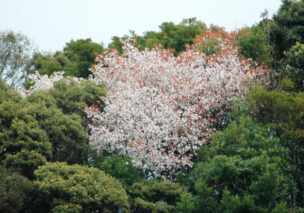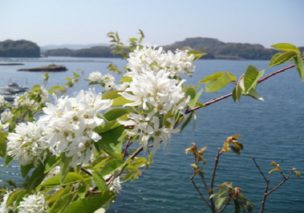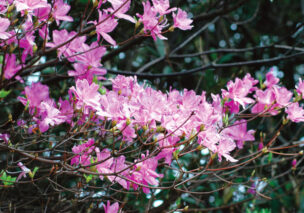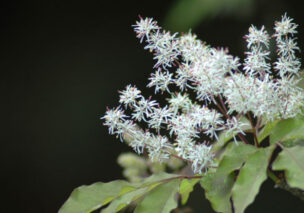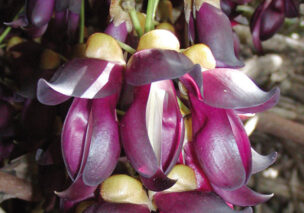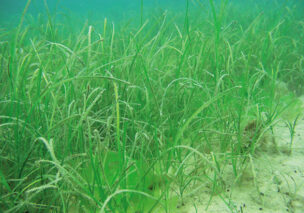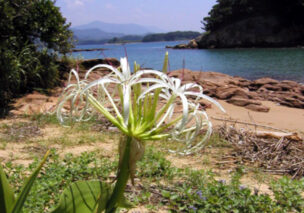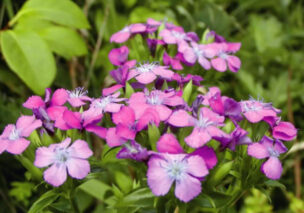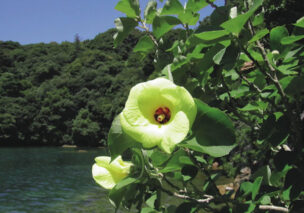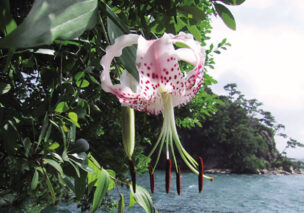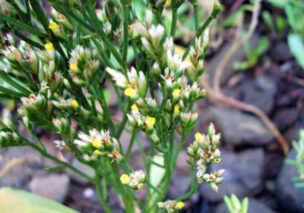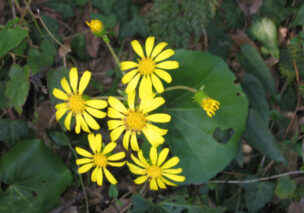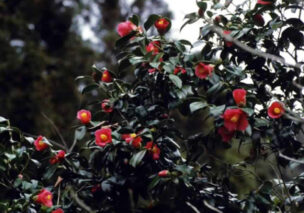Because the sea is calm, the bay is numerous, so left a lot of precious flowers and plants.
Led by the flowers of sasebo city “Lilium speciosum”, it is said that only grows in 4 places in Japan “Mucuna sempervirens” and the gem of the sea “Zostera marina”.
The flowers add a tranquil tinge to the green of the island.
late March to early April
From early to mid of April
From early to mid of April
Mid April to early May
Mid April to early May
Late June to August
June to October
July to August
August to September
October to November
January to April








